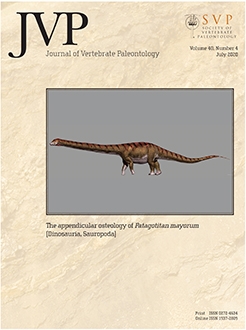In this contribution, we re-describe the holotype (i.e., the posterior fragment of a left dentary with dentition) of Cargninia enigmatica from the Riograndia Assemblage Zone, Candelária Sequence, Santa Maria Supersequence (Upper Triassic, Brazil), originally considered a member of the Lepidosauria. In addition, two other specimens of lepidosauromorphs from the same locality are described and compared. Broad comparisons suggest that C. enigmatica possesses a unique combination of features, but several key features are widely distributed among basal non-rhynchocephalian lepidosauromorphs and kuehneosaurids. Thus, two possible scenarios are proposed: (1) Cargninia is a basal non-lepidosaurian lepidosauromorph, or (2) it is a basal lepidosaurian. The new specimens are a portion of a right maxilla with teeth (in two fragments) and a fragment of a dentary with teeth. The first specimen is identified as a lepidosauromorph because the maxilla cannot be directly compared with the holotype of C. enigmatica and it is difficult to evaluate if the differences in the dentition (upper versus lower teeth) are the result of intra- or interspecific variation. The dentary, on the other hand, is tentatively referred to C. enigmatica. These specimens together add new clues to understanding the early evolution of Lepidosauromorpha.
How to translate text using browser tools
9 December 2020
To be or not to be: The Hidden Side of Cargninia enigmatica and Other Puzzling Remains of Lepidosauromorpha from the Upper Triassic of Brazil
Paulo R. Romo De Vivar,
Agustín G. Martinelli,
Pedro Henrique M. Fonseca,
Marina Bento Soares
ACCESS THE FULL ARTICLE

Journal of Vertebrate Paleontology
Vol. 40 • No. 4
July 2020
Vol. 40 • No. 4
July 2020





